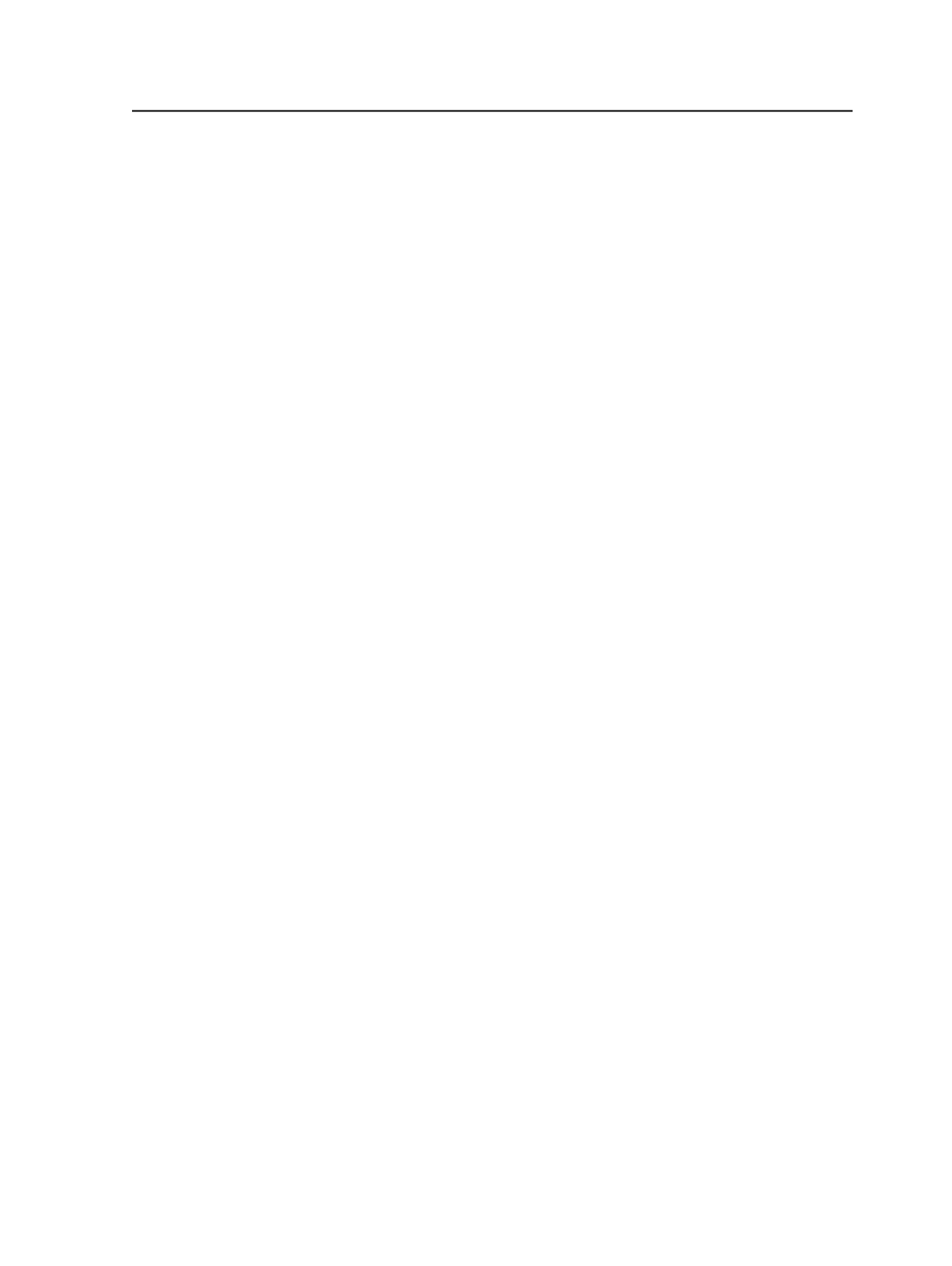
A setting of 0 points causes all text to be treated the same as
other objects. A setting of 100 causes all text sized less than or
equal to 100 points to be overprinted rather than trapped.
You may want to choose a point size equal to your body text to
make headlines trap normally and body text overprint.
Range: 0 to 1000 pt
Default: 12 pt
Small Text Size Limit
Determines at what point size text traps should be scaled. The
scale percentage is set in the
Small Text Width Scaling (%)
box.
Note: Overprint cannot be used with colored text because overprinting
changes the color of the text. For small colored text, you may want to set
a smaller trap size. A setting of 0 means that no text traps are scaled. A
setting of 100 means that traps are scaled for all text sized less than or
equal to 100 points. Scaling traps for text that is 6 points or smaller (the
default value) can significantly improve readability.
Range: 0 to 100 pt
Default: 6 pt
Small Text Width Scaling
Calculates the width of a small text trap as a percentage of the
Trap Width
value. Scaled traps are applied to text objects
based on the value of
Small Text Size Limit
.
Range: 0 to 1000%
Default: 75%
Text Grouping
Groups text objects when trapping. All of the characters in a
group will have the same trap direction and color.
Choose from the following grouping options—none, characters,
words (default), lines.
Grouping by units larger than characters—such as words and
lines—speeds up trapping and can sometimes give better visual
results. Grouping by characters gives the most flexibility since
each character can then have a different trap direction and
color, depending on its background. A setting of none will keep
the text groupings that are set up when the file is converted to
PDF.
Note: This option is available only if the Trapper JTP is selected in the
JTP
box.
Refine process template
243


